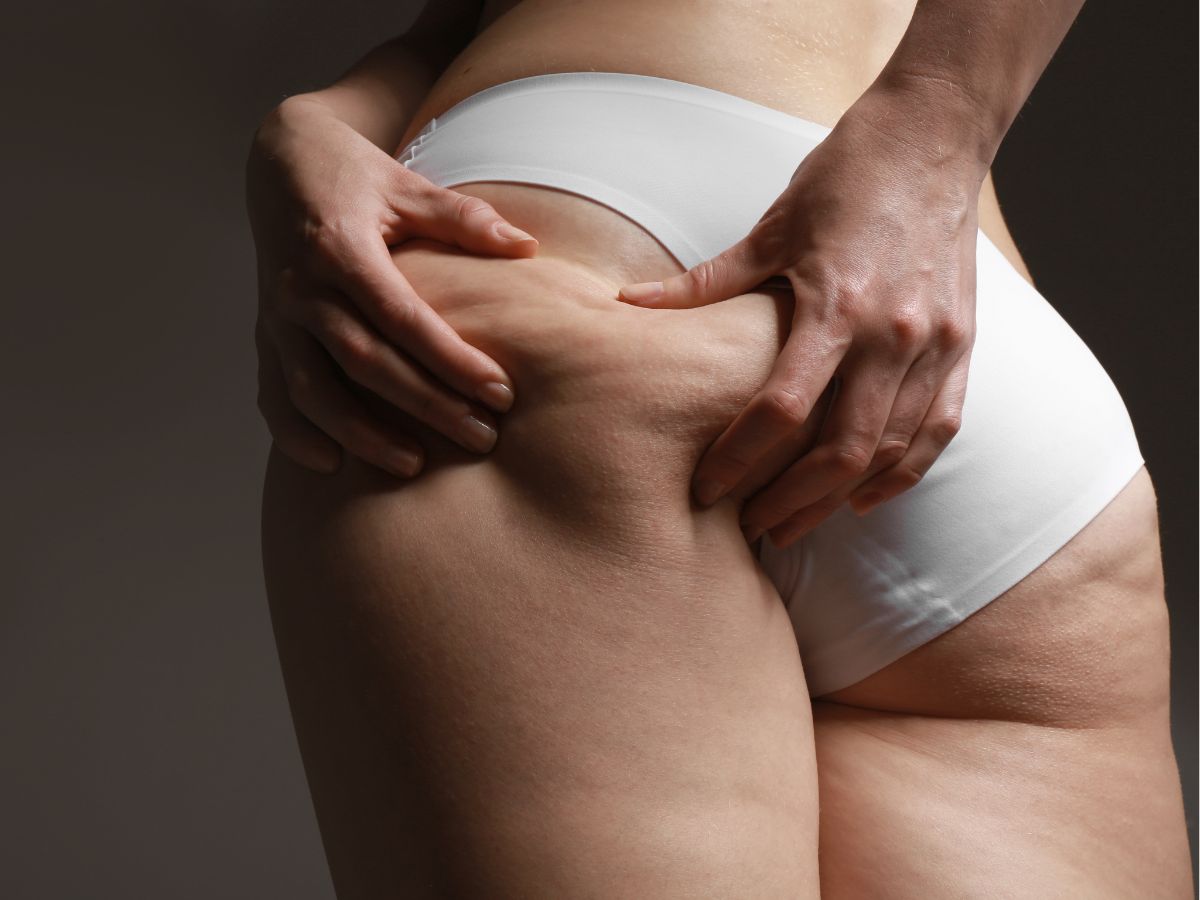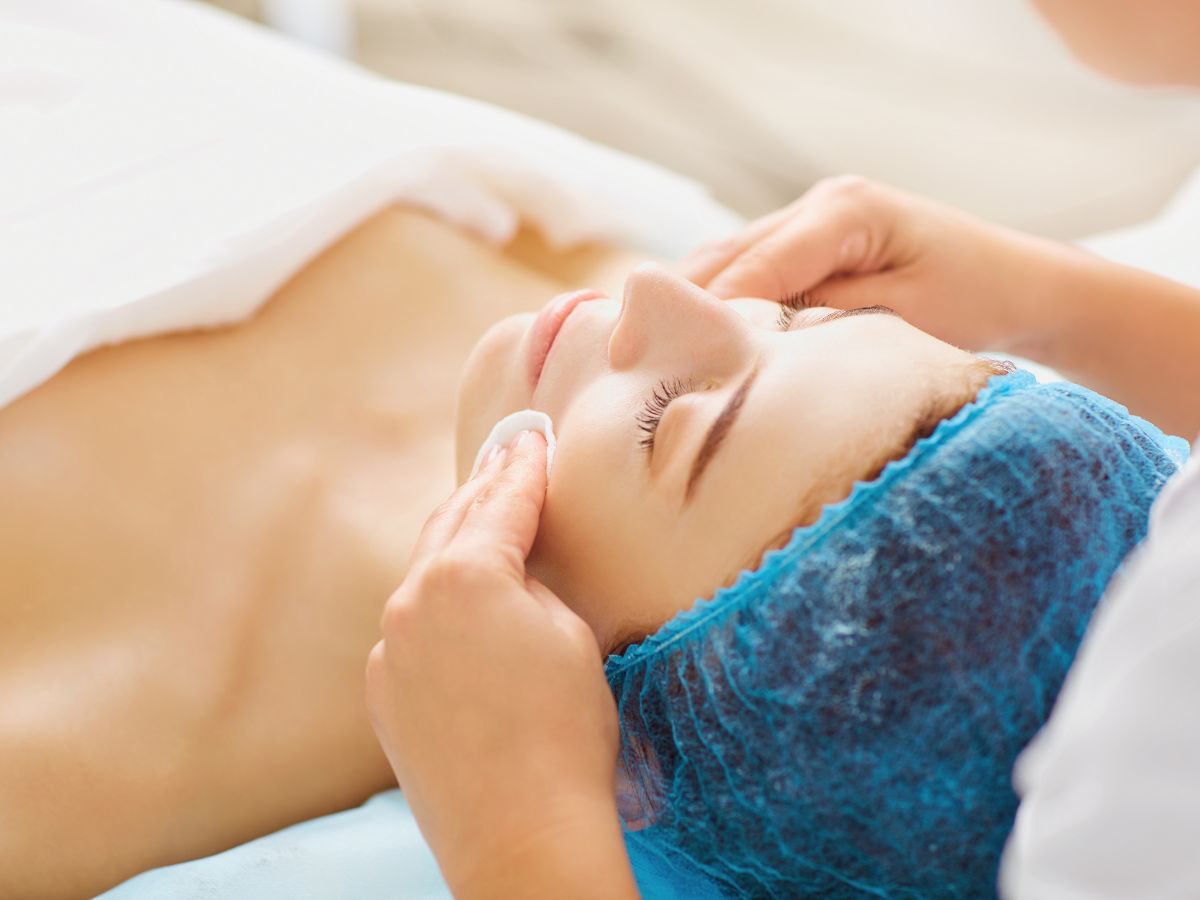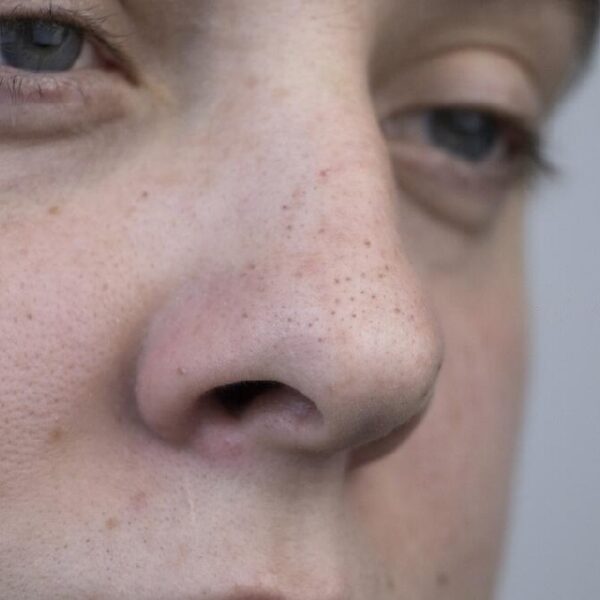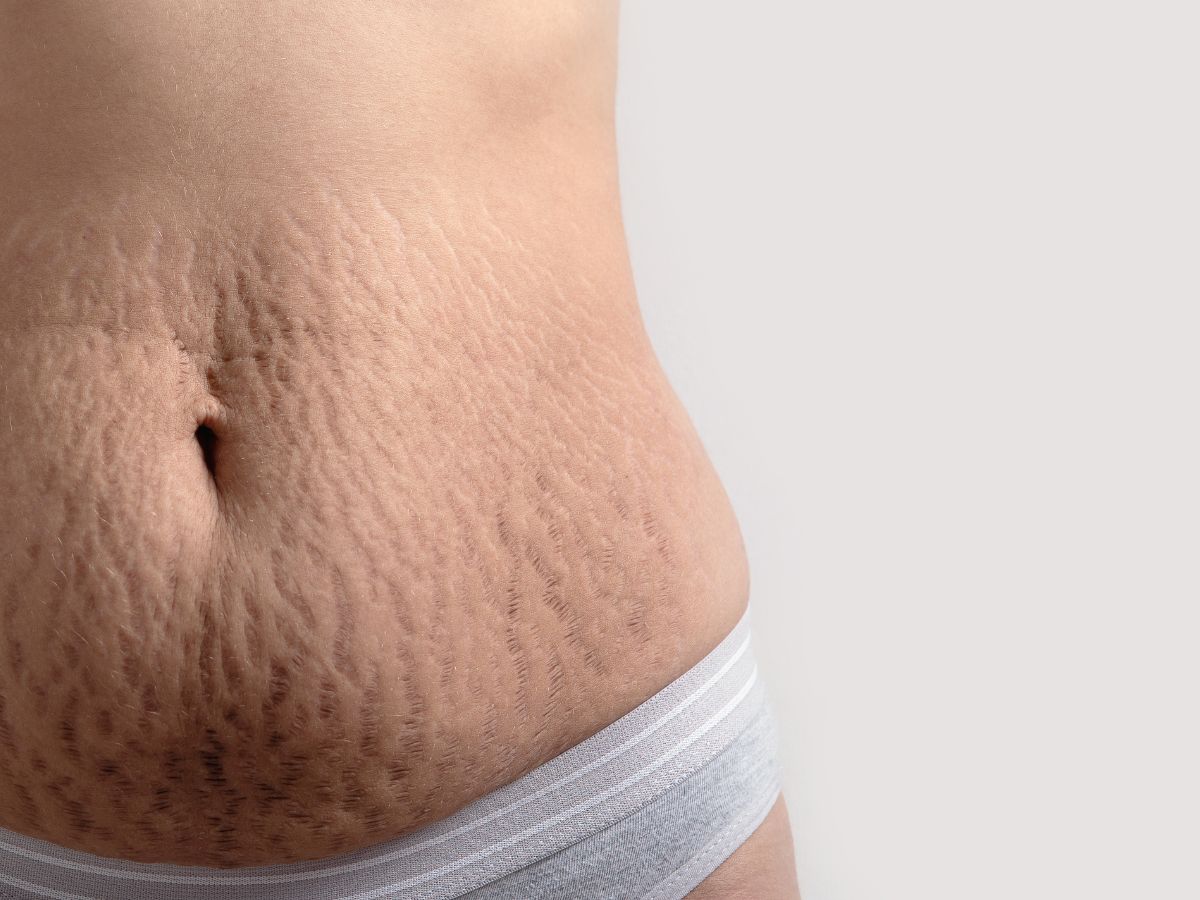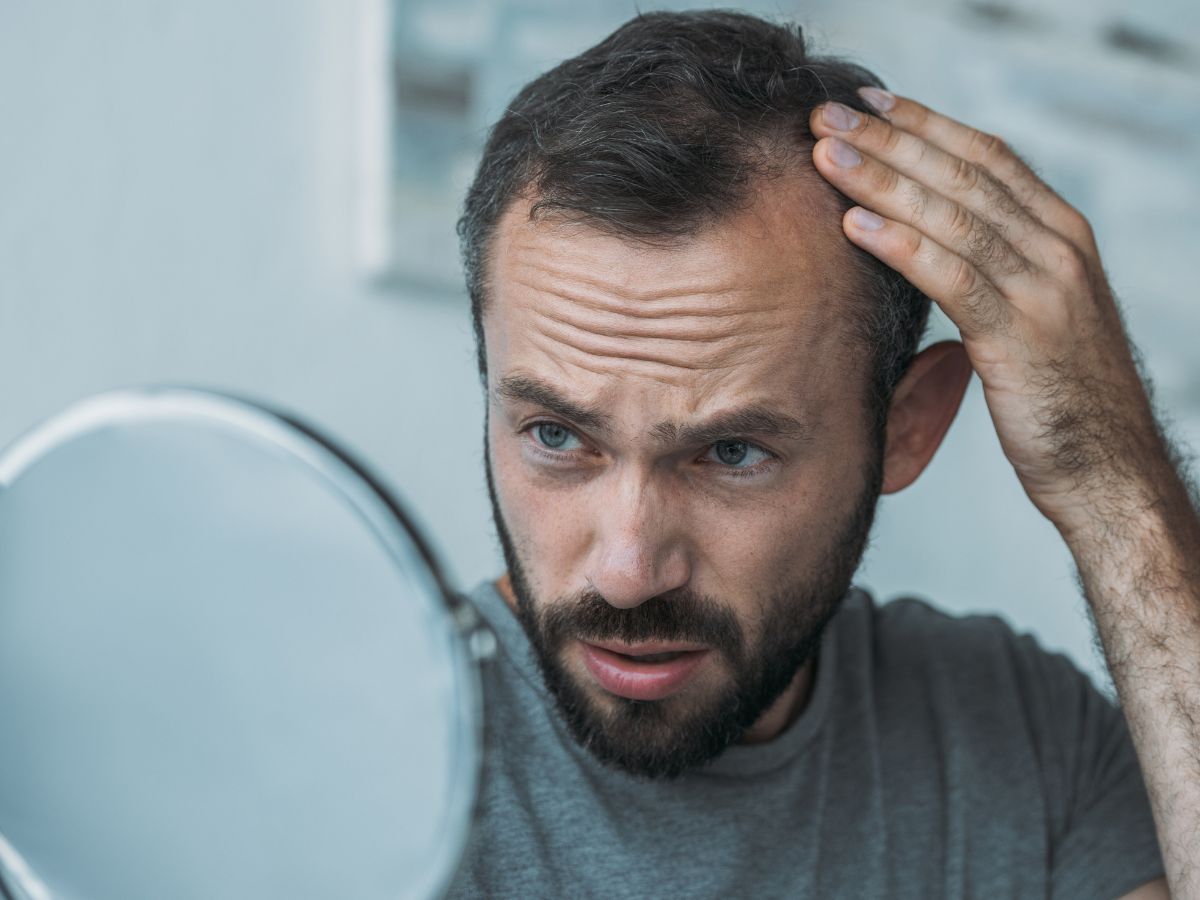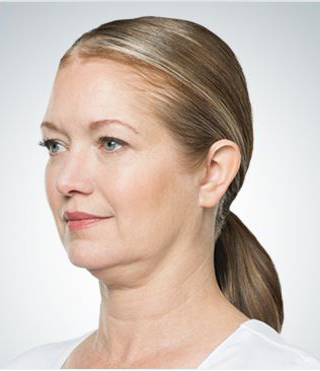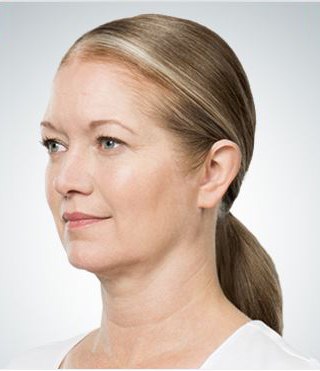Cellulite is a multifactorial problem. It, as well as the local thickness, usually appear on the thighs, buttocks, stomach and abdomen and are due on the one hand to poor blood circulation and on the other hand to the swelling of fat cells in the respective area. Therefore the problem is focused not only on the adipose tissue but also on the vasculature. In cellulite, there is a significant alteration of the blood vessels that supply the fat cells and a more general disturbance in the microcirculation of the area where the problem exists. Mesotherapy is the ideal solution to the problem as it acts directly on the fatty tissue with the aim of lipolysis and combating local fat and cellulite.
What is heterologous lipolysis mesotherapy?
Heterologous lipolysis mesotherapy does not require any anesthesia, it is painless, it is done without incisions in the skin. It consists of a series of injections which are made inside the accumulated local fat with the thinnest needle we have (an "insulin" syringe), while the solution we use contains lipid solvents such as phosphatidylcholine (lecithin), carnitine, organic silicon, which they liquefy fat. This is then removed naturally (via the lymphatic system).
Better results for lipolysis mesotherapy are achieved when we combine it with Autologous PRP Mesotherapy. It is also indicated for the fight against stretch marks.
Before & After Treatment
You can see the course of each treatment in the slider below. By pressing the arrows at the bottom you can see the result per session
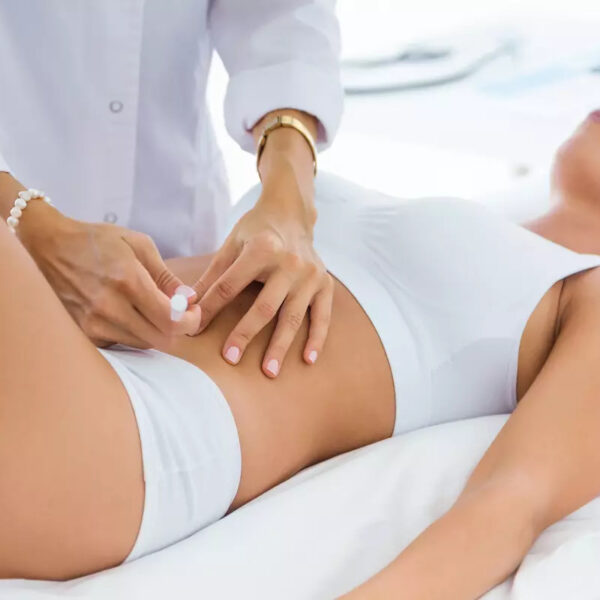
First session
At vero eos et accusamus et iusto odio dignissimos ducimus qui blanditiis praesentium voluptatum deleniti atque corrupti.

Second session
At vero eos et accusamus et iusto odio dignissimos ducimus qui blanditiis praesentium voluptatum deleniti atque corrupti.

Third session
At vero eos et accusamus et iusto odio dignissimos ducimus qui blanditiis praesentium voluptatum deleniti atque corrupti.
What is PRP autologous mesotherapy?
By autologous we mean material from the organism itself. In practice, with a simple blood draw (like the one we do for a blood test), we take a small amount of blood. This blood is centrifuged and separated into red blood cells, plasma, platelets and white blood cells. We utilize the plasma itself and platelet growth factors from the patient's blood, the action of which is activated and enhanced with a special Cl solution2Approx.
This increases the lifespan of platelets and white blood cells, while stimulating the proliferation of skin cells. In this way, the action of the platelets is enhanced and thus they secrete more growth factors and for a longer period of time, while the skin cells multiply and renew.
Their growth factors act synergistically for skin regeneration and more specifically induce:
Angiogenesis (so we achieve better nutrition and oxygenation of the skin), proliferation of skin epithelial cells and differentiation (attraction and creation of new fibroblasts that produce extracellular substance: Collagen, elastin, etc.).
White blood cells deal with infections and secrete their own growth factors that complement and enhance the action of platelet growth factors. The nutrients of the plasma contribute to the nourishment, hydration and firmness of the skin and protect the cells from harmful factors.
Thus, autologous mesotherapy contributes to the good functioning of connective tissue and blood vessels, while heterologous lipolysis mesotherapy liquefies fat and removes it through circulation. The combination of the two methods helps in faster and better results as the removal of fat is greatly facilitated.
We suggest alternating these treatments to achieve the best result and eliminate fatty tissue from problem areas.

